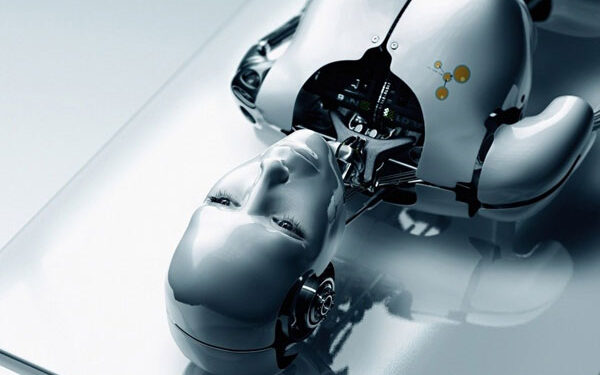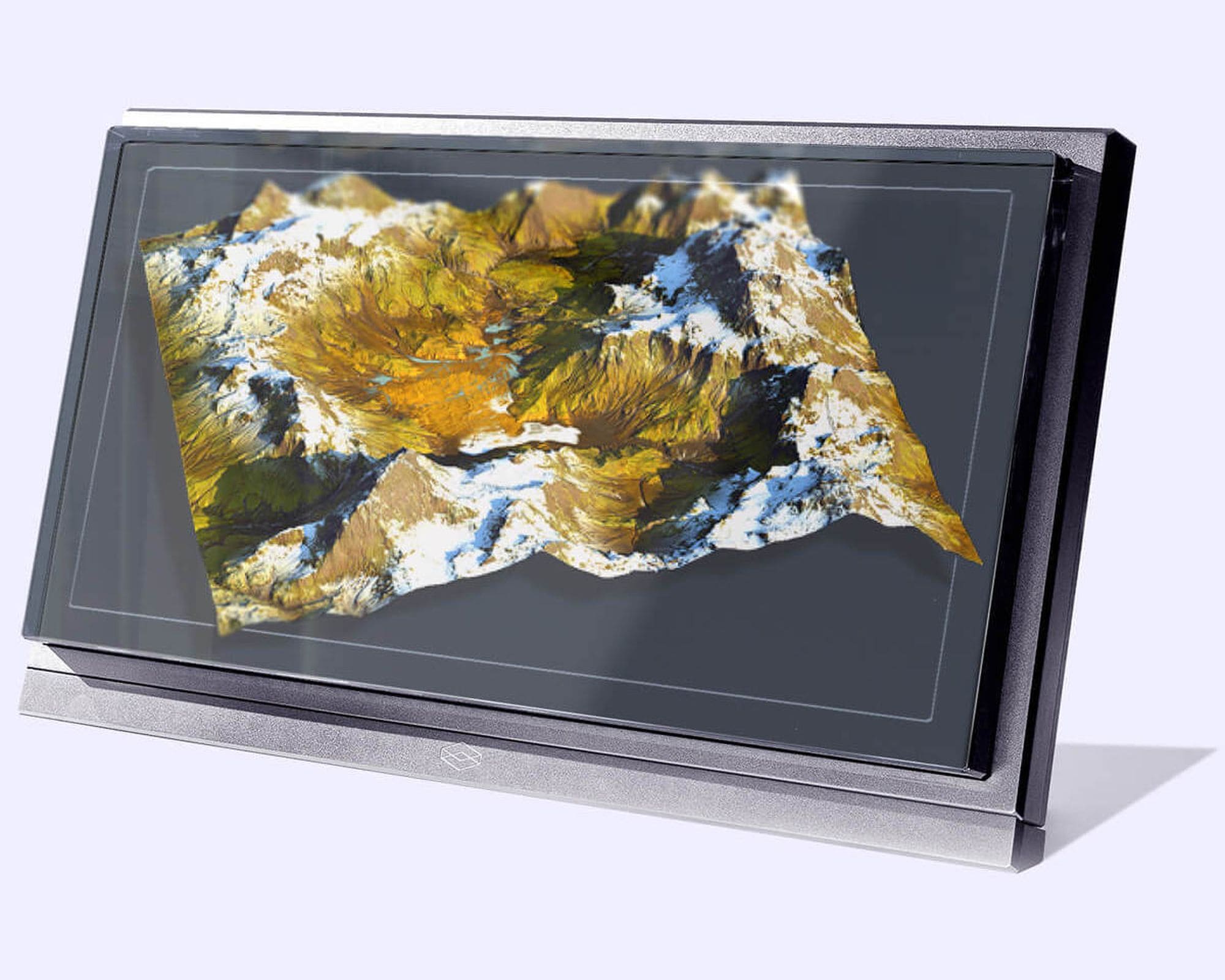You’re surrounded by robots. There are billions and they’re all around you. Even though you’ve never stopped to think about it. Maybe you don’t look at an ATM like it’s one of them. But it is. And every day that passes there is more. It is the unstoppable evolution of artificial intelligence
“Today many people have in their homes simple robots that suck dust from their carpets. There are also robots who are security guards and patrol buildings at night, robots who are guides and others who work in factories (…). In the coming decades, the field of robotics will flourish in different directions, although robots will not look like science fiction, ” he writes scientist Michio Kaku in his book The physics of the future. “In a time robots will become so sophisticated that they will look almost human and they will operate apparently with nuances, great complexity and perfection.”
But from today until that happens the world will be filled with screens with which we can have a conversation through the Internet. On the other side could be the face of a medical robot or lawyer robot. These technologies are known as expert systems and Kaku describes them as “computer programs that have encoded within them the wisdom and experience of the human being”.
The American scientific popularizer believes that by 2030 artificial intelligence will evolve especially in medicine. Basic health care will turn on at the push of a button. A medical robot will appear on the screen to the user’s liking, which will have previously configured its appearance and personality. The doctor will ask you questions like, ” How are you feeling? Do you have any discomfort? When did the pain begin?”. The patient will choose between a series of answers and the robot, with all the information, will go to a huge database to establish a diagnosis.
“That robot will also analyze the information provided by the bathroom, clothing and furniture. All these objects and places will be provided with DNA chips that will constantly monitor our health“, writes the technologist. “You can also ask the patient to scan with a scanner and the information obtained will be analyzed by supercomputers. ( … ) If the problem is serious, the medical robot will recommend the patient to go to the hospital.”
This idea is based on one of the robot-nurses that is already used in some hospitals, such as UCLA Medical Center in the USA. This machine, called RP-6, consists of a mobile computer, with a screen, which is moved by rollers. On the monitor shows a real doctor via videoconference. The doctor, in turn, can see the patient or the area of his or her convalescing body through the camera of the RP-6 and hear his or her voice through a microphone. “The doctor can move the robot by remote control using a lever, exercise an interaction with patients, control the administration of medications…”.
The development of these medical technologies will depend a lot on Japanese research and products. The Japanese country is one of the leaders in this field because of the aging population and the absence of young immigration that can offer assistance to the elderly. The care of the elderly, increasingly, is in robotic hands.
The presence of robots will grow significantly as this century progresses. And if we barely see them now, then they will be even more invisible, according to Kaku, because most will not have a human appearance. “They will be out of sight or disguised as snakes, insects and spiders, and perform unpleasant but crucial tasks, ” he writes. “They will be modular robots, which can change shape according to the task they perform.”
Among them will be the robots surgeons, cooks and musicians. A surgical machine can become much more accurate than a human, according to Kaku. An example? “For cardiac coronary bypass surgery, traditional surgery requires an incision of about 30 centimeters in the chest. Opening the chest cavity increases the risk of infection and the length of the patient’s recovery period. In addition, it causes severe pain during the healing process and leaves a disfiguring scar. The da Vinci robotic systemon the other hand, it is equipped with four arms, one to manipulate a video camera and three to perform precision surgery. Instead of making a long incision in the chest, only make several very small incisions in the side. In 2006 alone, 48,000 operations were performed with this robot”.
Robots are also entering the kitchen. In Japan there is a chef built by the Aisei company who can cook noodles in just a minute and forty seconds. This cook doesn’t look human either. It only has two large robotic arms emerging from the kitchen counter.
Also in Japan there are robots playing musical instruments. Not like the mechanical pianos of the last century did. Now they do it by imitating the postures of a human musician. This is what Toyota has done with its fiddler robot. “Although his music does not yet reach the level of a concert violinist, it is good enough to entertain the audience,” says the technologist.
https://www.youtube.com/watch?v=klzSN2giygY
In addition there is a robot flutist. It was created at Waseda University in Japan and is equipped with hollow chambers in its thorax, mimicking lungs blowing air through a flute. These robots, at the moment, are just interpreters. There will still be no machines capable of composing as Mozart or Wagner did.
And then, back in 2050, some robots will transmit emotions. Kaku foresees that it will be easy to program a bot to mimic human sensations and provoke emotions in people. “These emotional robots will eventually enter our homes. (…) By the middle of the century they will have possibly come to have the intelligence of a dog or a cat. Just like pets, they will show an emotional bond with their master and it won’t be easy to abandon them. You won’t be able to talk to them in colloquial language, but they will understand certain programmed commands.” An example, created more than ten years ago, is Sony’s AIBO dog.
Artificial intelligence has always been slower than desired. Projections have always been too optimistic. But, according to Kaku, this time, the robotics race is more launched than ever. So much so that, in his book, he comes to: “Will humans soon become obsolete?”.
Image DSTL UNR









